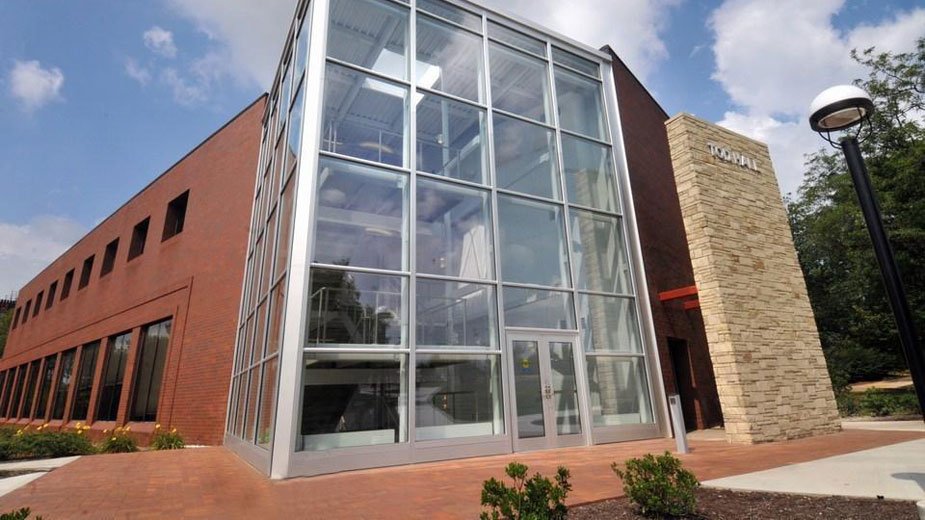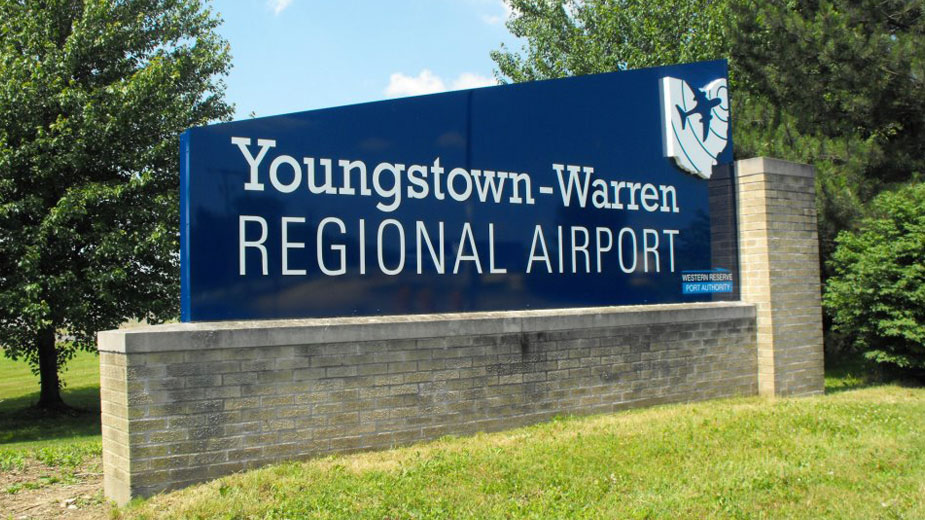Ohio Task Force Gives YSU, NEOMED Low Grades
YOUNGSTOWN, Ohio — The 14 public universities in Ohio, including Youngstown State University and Northeast Ohio Medical University, should benefit over the next five years from $1.2 billion in new resources and reduced expenses.
So says a report released Thursday by the state Department of Education.
All have some work and most have considerable work ahead of them to meet the goals the education department set, especially YSU and NEOMED, which were accorded the worst ratings.
In 2015, Gov. John Kasich created the Ohio Task Force on Affordability in Higher Education with the intent of improving the quality of education, affordability and efficiency among the 14 public universities. The eight-member task force made two master recommendations:
- Students must benefit from the financial savings that result from reductions in college expenses. Other uses of savings or new revenues “must have tangible benefits for the quality of students’ education.”
- Schools must have a five-year plan in place to meet goals for greater efficiency, savings and new resource generation through fiscal 2021.
Each university submitted plans in 2015 that outlined a course of action. Three members of the task force reviewed the plans: Patrick Auletta, president emeritus of KeyBank; Pamela Morris, president and CEO of CareSource; and Mark Small, senior vice president and chief financial officer of Cleveland Construction.
YSU received a grade of “continued progress needed” in four categories, including “development of a five-year plan,” and “unacceptable” in three others: “utilize existing contracts,” “conduct cost diagnostic” and “develop digital capabilities.”
NEOMED received the worst scores across all categories, followed by YSU. Ohio State University was accorded “strong progress” in five of the seven categories, making it the top performing institution. None satisfied all categories.
“This report gives us the opportunity and makes it clear to us that we need to do more to make sure that people in Columbus and elsewhere better know what we’re doing in terms of trying to be more efficient and especially more affordable,” Ron Cole, YSU spokesman, said Friday.
He highlighted $5 million in reduced compensation to employees the previous two years and a more than $6 million reduction in university operating budget.
“Our tuition is the lowest among all public comprehensive universities in the state,” Cole said, pointing to the task force charge to make college affordable. “Tuition is 25% below the statewide average and it’s 9% below the national average.”
Nearly two in three graduates, 65%, of Ohio’s public four-year universities leave with student debt, 5% higher than the national average. And those graduates carry more debt — $2,244 more.
College Board data says that tuition and fees at Ohio’s four-year universities are 6% higher than the national average.
The task force, while encouraged by case studies on improving affordability and efficiency, conclude, “Many more examples are needed and that the benefits to students need to be more profound.”
In particular, the task force charges boards of trustees to play a larger role in effecting change that would put “Ohio’s colleges and universities in the best position of strength.”
Pictured: Tod Hall at Youngstown State University.
Copyright 2024 The Business Journal, Youngstown, Ohio.



